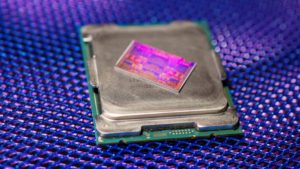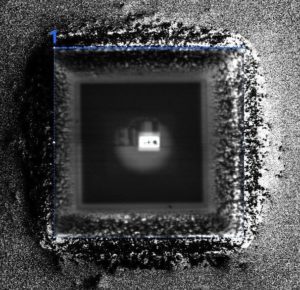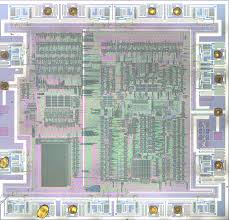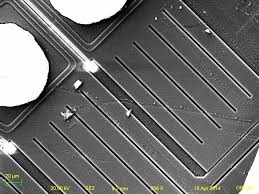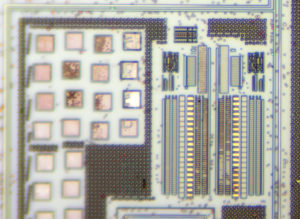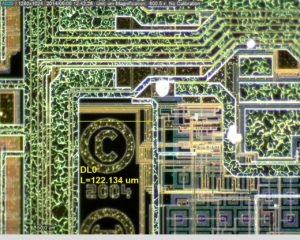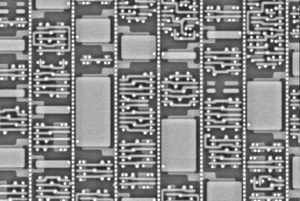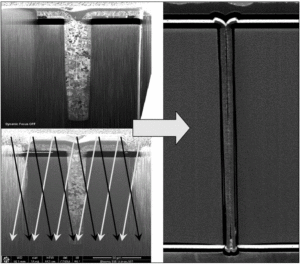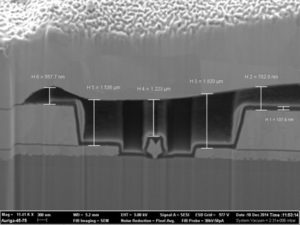Crack MCU PIC18F258 Software
Crack MCU PIC18F258 is a process of reverse engineering microcontroller, which can help to extract the Software out from its flash and eeprom memory;
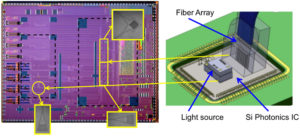
Crack MCU PIC18F258 is a process of reverse engineering microcontroller, which can help to extract the Software out from its flash and eeprom memory
For timing insensitive applications, the “RC” and “RCIO” device options offer additional cost savings. The RC oscillator frequency is a function of the supply voltage, the resistor (REXT) and capacitor (CEXT) values and the operating temperature.
In addition to this, the oscillator frequency will vary from unit to unit due to normal process parameter variation. Furthermore, the difference in lead frame capacitance between package types will also affect the oscillation frequency, especially for low CEXT values.
The user also needs to take into account variation due to tolerance of external R and C components used. Figure 2-2 shows how the RC combination is connected. In the RC Oscillator mode, the oscillator frequency divided by 4 is available on the OSC2 pin if for the purpose of cracking chip.
This signal may be used for test purposes or to synchronize other logic. The EC and ECIO Oscillator modes require an external clock source to be connected to the OSC1 pin. The feedback device between OSC1 and OSC2 is turned off in these modes to save current.
There is no oscillator start-up time required after a Power-on Reset or after a recovery from Sleep mode. In the EC Oscillator mode, the oscillator frequency divided by 4 is available on the OSC2 pin. This signal may be used for test purposes or to synchronize other logic if breaking chip eeprom.
Figure 2-3 shows the pin connections for the EC Oscillator mode. A Phase Locked Loop circuit is provided as a programmable option for users that want to multiply the frequency of the incoming crystal oscillator.
For an input clock frequency of 10 MHz, the internal clock frequency will be multiplied to 40 MHz. This is useful for customers who are concerned with EMI due to high-frequency crystals.
The PLL can only be enabled when the oscillator configuration bits are programmed for HS mode. If they are programmed for any other mode, the PLL is not enabled and the system clock will come directly from OSCI.
The PLL is one of the modes of the FOSC2:FOSC0 configuration bits. The oscillator mode is specified during device programming. A PLL lock timer is used to ensure that the PLL has locked before device execution starts. The PLL lock timer has a time-out referred to as TPLL.
Tags: crack mcu heximal archive,crack mcu heximal code,crack mcu heximal content,crack mcu heximal data,crack mcu heximal eeprom,crack mcu heximal file,crack mcu heximal firmware,crack mcu heximal information,crack mcu heximal memory,crack mcu heximal program


